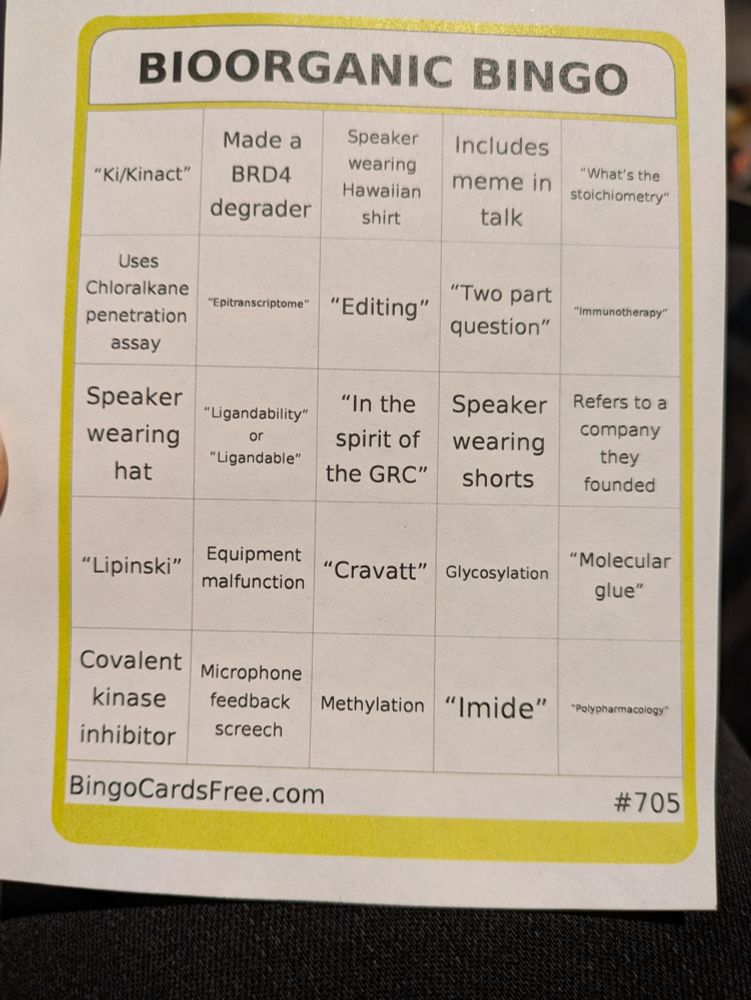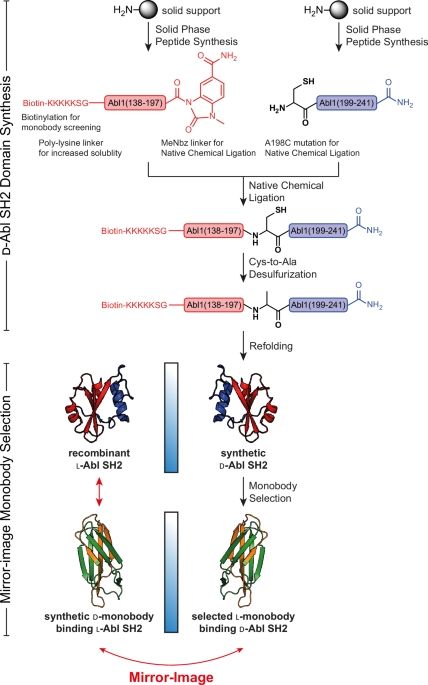




25/n


Small delay😅 -my👵broke her hip🤦🏼♀️-loved ones always come first❤️surgery went good💪🏼🤩Let's celebrate🥳🥂! #ChemBio
www.nature.com/articles/s41...

Small delay😅 -my👵broke her hip🤦🏼♀️-loved ones always come first❤️surgery went good💪🏼🤩Let's celebrate🥳🥂! #ChemBio
www.nature.com/articles/s41...
#chemsky
pubs.acs.org/doi/10.1021/...

#chemsky
pubs.acs.org/doi/10.1021/...
V1: go.bsky.app/3P5i7nJ
V2: go.bsky.app/Cr4ej7
V1: go.bsky.app/3P5i7nJ
V2: go.bsky.app/Cr4ej7
Check out our latest publication at JBC, using a D chiral unnatural amino acid at the i+4 site for fluorine-displacement stapled peptides, which displayed enhanced membrane penetration and nuclear uptake than L for the estrogen receptor/coactivator interaction #chembio
www.jbc.org/article/S002...

Check out our latest publication at JBC, using a D chiral unnatural amino acid at the i+4 site for fluorine-displacement stapled peptides, which displayed enhanced membrane penetration and nuclear uptake than L for the estrogen receptor/coactivator interaction #chembio
www.jbc.org/article/S002...
Link - www.thieme-connect.com/products/ejo...

Link - www.thieme-connect.com/products/ejo...

